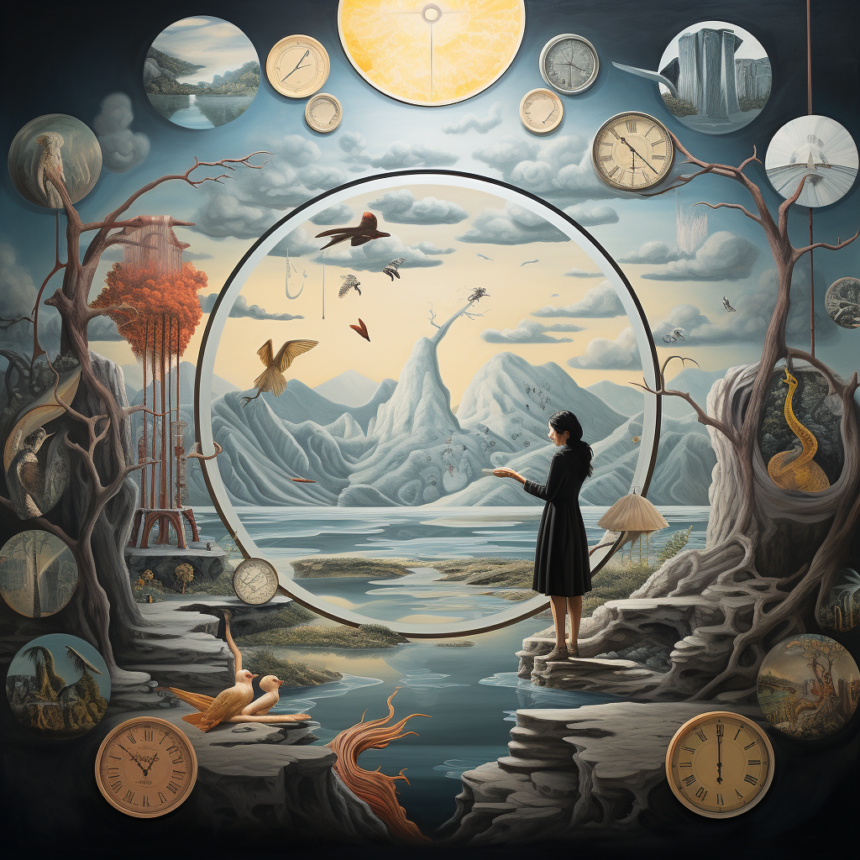Introduction:
When it comes to decorating your living space, wall art selection plays a crucial role in transforming your environment. But have you ever considered the impact of colors on your mood, emotions, and overall well-being? Color psychology is a fascinating field that explores the connection and influence of various colors on human psychology. In this article, we will delve into the world of color psychology and how it can guide your wall art selection. By understanding the meaning behind different colors, you can create a harmonious and visually pleasing space that resonates with you on a deeper level.
Understanding Color Psychology:
- Red: The color red is associated with passion, energy, and excitement. It stimulates the senses and can increase heart rate, making it an ideal choice for areas where you want to create a sense of liveliness and enthusiasm. Red wall art can be a great addition to workout rooms or social spaces.
- Orange: With its warm and energetic vibe, orange exudes optimism and creativity. It can evoke feelings of enthusiasm, courage, and motivation. Incorporating orange wall art in areas where you want to promote social interaction, such as dining rooms or creative spaces, can create a welcoming and stimulating atmosphere.
- Yellow: Symbolizing happiness, positivity, and intellect, yellow is a color that radiates warmth and joy. It can boost energy levels and stimulate mental activity. Adding yellow wall art in areas where productivity is key, such as home offices or study spaces, can enhance focus and concentration.
- Green: Associated with nature and tranquility, green represents balance, harmony, and renewal. It has a calming effect on the mind and can promote relaxation and stress relief. Integrating green wall art in bedrooms or spaces designed for relaxation, like meditation areas or reading nooks, can create a serene and peaceful ambiance.
- Blue: The color blue is known for its calming and soothing qualities. It is often associated with feelings of serenity, trust, and stability. Having blue wall art in bedrooms or areas where you want to encourage relaxation, like bathrooms or lounges, can foster a sense of tranquility and peace.
- Purple: Symbolizing creativity, spirituality, and luxury, purple is a color that evokes feelings of sophistication and elegance. It can also stimulate imagination and inspire artistic expression. Including purple wall art in creative spaces, such as art studios or offices, can enhance the ambiance and encourage innovation.
- Pink: Pink is a color commonly associated with femininity, love, and compassion. It has a calming and nurturing effect and can create a sense of comfort and tenderness. Adding pink wall art in bedrooms, nurseries, or spaces dedicated to self-care can create a cozy and nurturing environment.
Benefits and Practical Tips:
- Boost Mood and Well-being: By consciously selecting wall art based on color psychology, you can create a space that positively affects your mood and overall well-being. Surrounding yourself with colors that resonate with you can uplift your spirits and create a harmonious environment.
- Create Focal Points: Wall art serves as a focal point in any room, and by choosing colors that align with your intentions for the space, you can create a visually appealing and engaging atmosphere. Experiment with different colors and their effects to draw attention and create impact.
- Consider Room Functionality: Each room serves a different purpose, and understanding the color psychology behind each hue can help you select wall art that complements the desired functionality of the space. Whether you want to stimulate energy or foster relaxation, choosing the right colors can enhance the room’s purpose.
- Balance and Contrasts: Consider the existing color scheme in your space and utilize wall art to create balance and harmony. Use contrasting colors to create visual interest and add depth to your walls. The right color combination can transform a room and make it visually appealing.
Case Studies:
Case Study 1: A Welcoming Entrance
Sarah wanted to create a warm and inviting entrance to her home. By incorporating a vibrant red abstract wall art piece, she created a focal point that energized the space. The red color stimulated a sense of excitement, making her guests feel instantly welcome and at ease.
Case Study 2: Tranquil Bedroom Oasis
John desired a peaceful and restorative bedroom environment. He chose a calming blue watercolor print for his wall art, creating a serene ambiance that promotes relaxation and restful sleep. The blue color not only enhanced the room’s aesthetic but also set the right mood for unwinding after a long day.
First-Hand Experience:
As a homeowner who incorporated color psychology into wall art selection, I have experienced the transformative power of colors firsthand. By carefully curating an art collection that aligns with my intentions for each space, I have created an environment that truly reflects my personality and enhances my emotional well-being every day.
Conclusion:
Understanding the principles of color psychology can be a valuable tool when selecting wall art for your space. By incorporating colors that align with your intentions, you can create a harmonious and visually appealing environment that positively influences your mood and emotional well-being. Experiment with different colors, consider the functionality of each room, and use wall art to create focal points and balance within your space. Let color psychology guide your wall art selection and transform your living space into a place where you feel truly at home.

